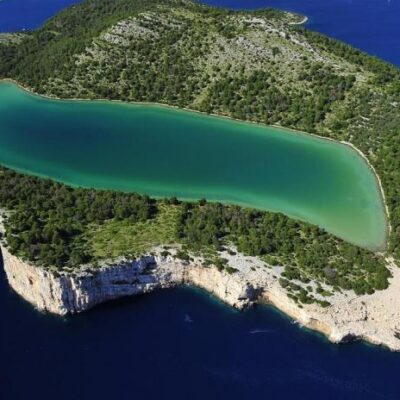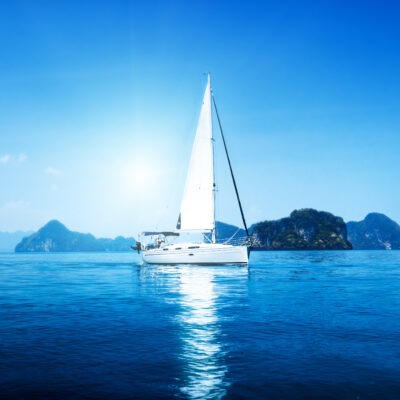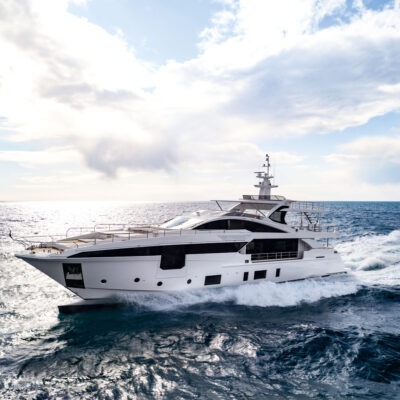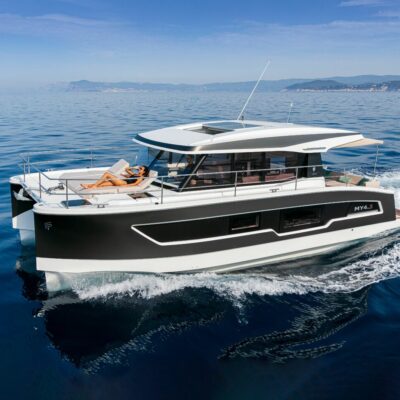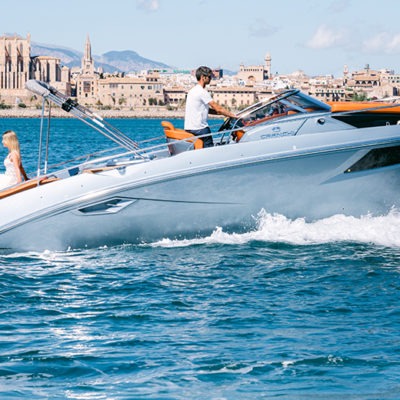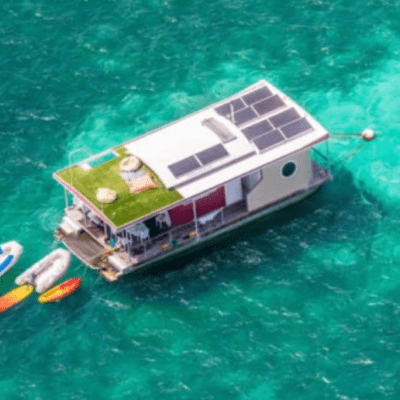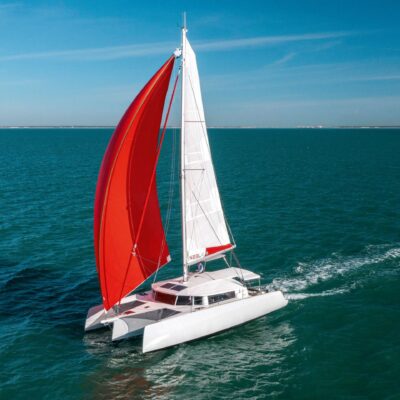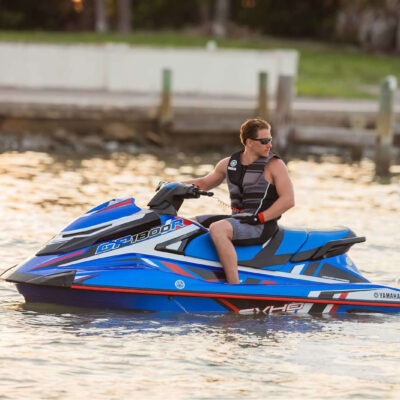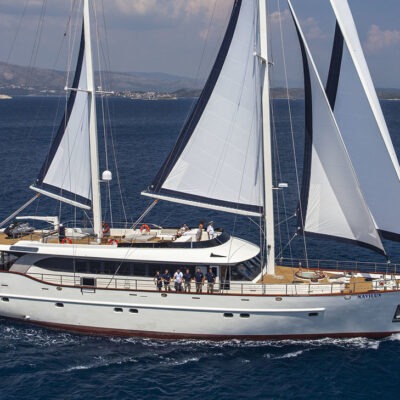Zadar region

The Zadar region is a vast and diverse area between the Kvarner and Sibenik regions. In the north it starts from the island of Pag, includes the Paklenica National Park in the mainland, and the southern boundary is Lake Vrana. The sea borders on the south are the islands of Pasman and Dugi, on the north is the island of Premuda, Silba and Olib.
Zadar
The city of Zadar is the largest city in the region, it has a history of more than 3.000 years. Zadar is the most beautiful and interesting place to visit in the region. The original castle walls can still be seen in many places, and many Roman and Venetian monuments have survived.
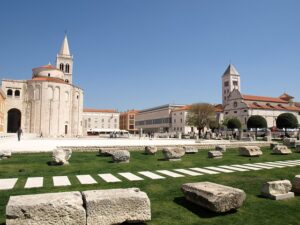
Nin
Nin is a very special place, built on the alluvium of a dried up river, so there are many sandy beaches in the area. The town is located on a small island only 500 meters in diameter, and a stone bridge leads into the town from the mainland. Nin was the coronation city of the Croatian kings.
If you’re in Nin, check out the salt distillery fields and the Salt Museum.

Pag
The island of Pag is also an excellent destination. The town of Pag was originally surrounded by a huge, strong castle wall – it looked similar to Dubrovnik – but the original walls are no longer visible today. Its old town has nevertheless remained in good condition.
The island is very windy, so there is no lush, tall vegetation. On the barren island the stone is the lord.

Telascica Bay
Telascica Nature Park is located at the southern end of the island of Dugi, and it’s 8 km long. 70 kilometers of coastline, 5 smaller bays and 13 islets make the Telascica Nature Park diverse. This bay is the most protected port on the Adriatic.
Mini islands
There are several small islands in the Zadar region with only 1 or 2 settlements and no car traffic. These are Olib, Silba, Premuda, Ist, Molat and the island of Sestrunj.
Weather:
The Mediterranean zone on the Adriatic coast is characterized by early spring, not too hot, relatively dry summers, warm but rainy autumns and mild, rainy winters.
The seasonal weather is relatively constant at around 30 degrees Celsius. The sea temperature is around 20-25 degrees Celsius from April to October.
Wind:
The most common wind on the Istrian and Dalmatian coasts is Bora. This mostly dry and cold wind blows in the winter season, with occasional extremely strong bouts.
Jugo is among the winds of spring and fall, so it doesn’t really show up in summertime.
The Mistral is the Adriatic wind of summer, northwesterly and it is typically appears during beautiful and stable summer weather. The Mistral seems to have been created for sailing without maneuvering, because its strength is constant and its nature is foreseeable and mild.
Banking:
The currency is Kuna (Kn). Visa, MasterCard and American Express are widely accepted but you may be charged a service fee if you pay by card.
ATMs are easily found and banks are open Monday to Friday (7:00am to 7:00pm) and Saturday (7:00am to 1:00pm).
Internet:
Getting online is easy with plenty of Wi-Fi spots across independent cafes and restaurants. There are internet cafes in Dubrovnik and in some coastal towns.

 Ask for a free consultation
Ask for a free consultation 
